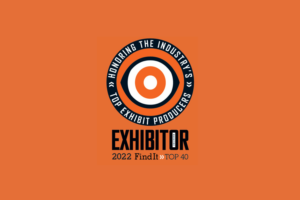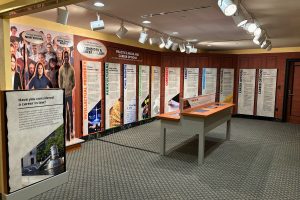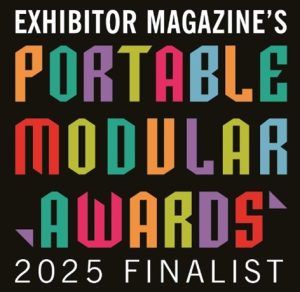You just wrapped a successful trade show event. You are back in your office. All your leads have been distributed to the sales team. You are reconciling final invoices against your budget. But before you’ve had a chance to gather feedback from your sales partners about any opportunities generated from the leads, you are called into a planning session for the next event on your marketing calendar.
Does this sound familiar? For many of us, we go from one priority initiative straight into another high profile project. And then next time we have any time to think about the just completed event is when we start the planning process for the next year’s show. Which usually means a minimum of six or nine months have passed.
The good news for those of us with a good marketing platform with integrated sales CRM is that we have record of the leads that were generated and what happened with those leads such as opportunities created and business that was won. You likely have a trade show strategy, but it’s time to take things a step further.
What’s missing is the more qualitative feedback about what worked and where things did not go quite according to plan. So as we sit down to complete a creative brief for the upcoming show, we have to rely on our memory and that of our colleagues, if we are lucky enough to have the same co-workers on the project.
A better approach is to conduct a formal “Stop, Start, and Continue” exercise within a week or two post-show. You want the session to be held close enough to the event that memories are still fresh but with enough time passed that your post-show activities have been initiated.
The exercise, as the name suggests, is a guided way to think about what activities worked really well – these are the ones we want to continue. Now that we’ve had a chance to reflect, are there things we should have done but didn’t – these are the ones we want to start. And of course, there are things that just didn’t work out as planned – these are the ones we want to stop.
You can do this as a solo exercise but it is even more effective if you ask representatives from all the different departments that were involved in the trade show planning and execution of the show to participate. Have your team complete the worksheet independently and then bring the group together to discuss everyone’s perspective. Compile all the feedback into one document and share across the team.
As you sit down to start planning your presence at the show next year, review this document before you do anything else. It will not only help you enter the process with a fresh perspective but also find yourself armed with knowledge from your experience.
Ready to continue the planning process? We recommend creating a timeline. Here are 4 reasons your trade show needs a timeline.











